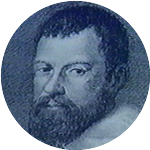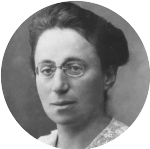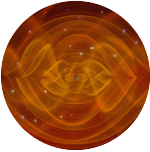Welcome to the sixth of our monthly newsletters. We will be bringing this to your mailbox around the middle of each month, to keep you informed about Planetarium and Friends news, as well as happenings in the world of astronomy and events in our area related to science education. Visit the website for more news updates and a list of our articles.

Are Organic Salts On Mars A Clue To Life?
NASA’s Curiosity rover has found some evidence of organic salts on Mars.
If confirmed, this would count as a sign of there once having been organic matter on the
Red Planet. Organic matter itself may indicate the existence of microbial life,
or be the result of geologic processes. Finding intact organic molecules on the surface of
Mars is difficult, because of the effects of billions of years of radioactive bombardment.
But if the evidence holds up, future investigations may drill below the surface in search of
higher concentrations of organic matter.
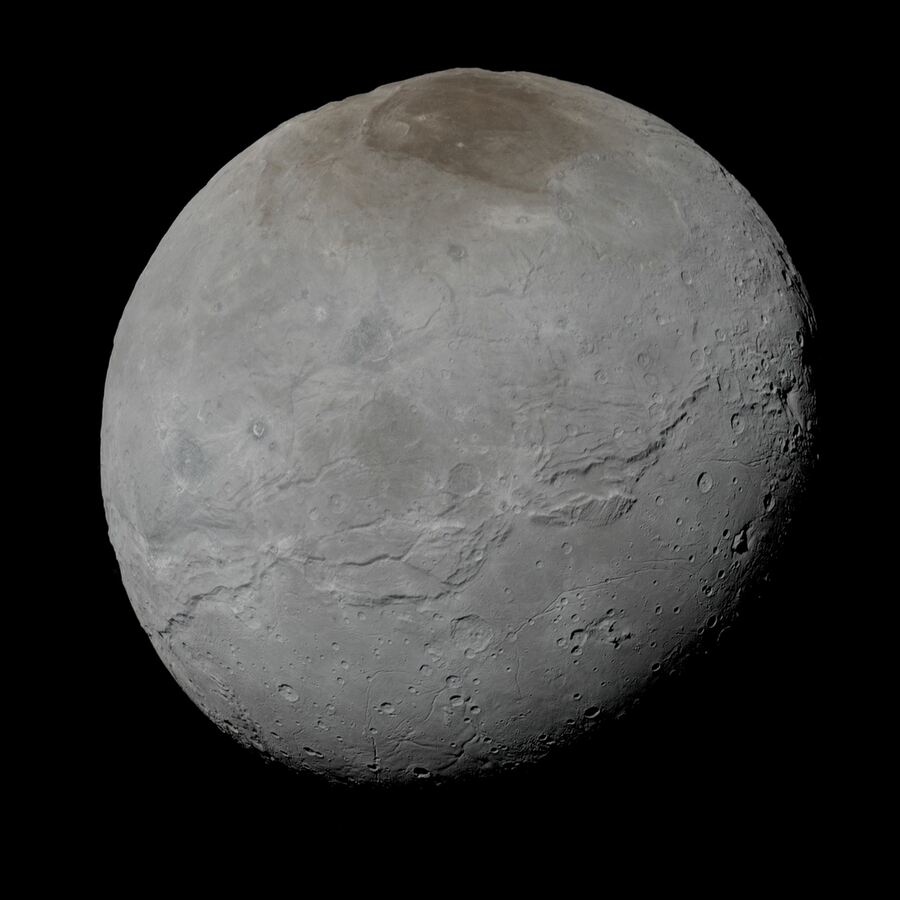
Charon Discovered This Month in 1978
Working feverishly on June 21 and 22, 1978, James Christy of the US Naval Observatory, Flagstaff Station, identified the first moon of Pluto, Charon. In 2015, the New Horizons mission recorded detailed landforms on what appeared as a mere bulge in photographs taken in the 1960s and 1970s. In addition, astronomers have detected four more moons orbiting this dwarf planet: Hydra, Kerberos, Nix, and Styx.
Contributed by
Jennifer Bartlett.
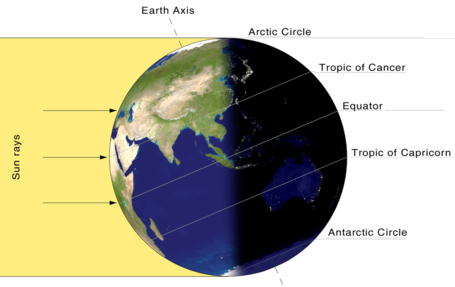
Summer Has Arrived
The Summer Solstice: The summer solstice occurred at 11:32 PM EDT on Sunday, June 20. The Sun reached its most northerly point, which resulted in Arlington observers experiencing the longest daylight period of the year. Our friends in the southern hemisphere experienced the longest nighttime, or winter solstice. The term solstice comes from Latin sōlstitium, a combination of Sōl, the personification of the Sun and stit- meaning “to stand.” For a few days near the solstice, the Sun (Sōl) rises and sets close to the same places on the horizon as though he were just standing about. Summer Triangle: With the coming of summer, the Summer Triangle is rising. It consists of three bright stars from three different constellations: Vega in Lyra the Lyre, Deneb in Cygnus the Swan, and Altair in Aquila the Eagle. Use these stars to locate their respective constellations and orient yourself to the summer sky. For a Summer Triangle refresher, review our August 2020 SkyTalk. Contributed by Jennifer Bartlett.
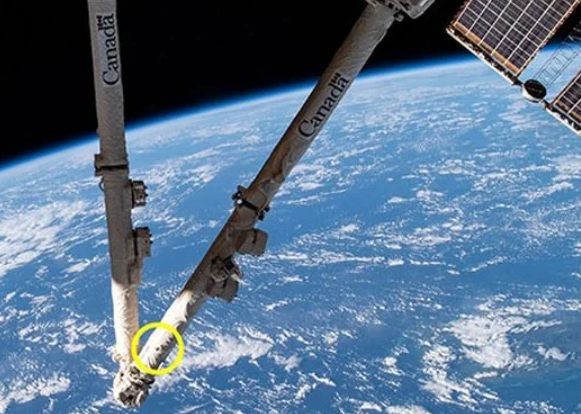
Space Debris has Damaged the International Space Station
One of the thousands of pieces of space junk too small to track has
smacked into one of the ISS’s robotic arms, piercing its thermal blanket and damaging the
structure underneath. The arm still works. There are over 23,000 larger objects
that are tracked to avoid more devastating collisions with artificial satellites, but
there are countless other objects that, although tiny, can do serious damage due to their speed.
It’s an ever-increasing problem that obligated the ISS to dodge pieces of space debris
three times last year.
Chinese Astronauts Dock with Tiangong
Tiangong (天宫) means “Heavenly Palace”. It is China’s space station, which, with the
arrival of three astronauts on June 17th, became the second location in orbit with human inhabitants.
It is still being constructed, and when it is complete it may host foreign astronauts and experiments
from various countries. Although China has often in the past treated space program launches as military
secrets, Shenzhou-12’s blast-off was broadcast to the world. All three astronauts are Communist Party members.
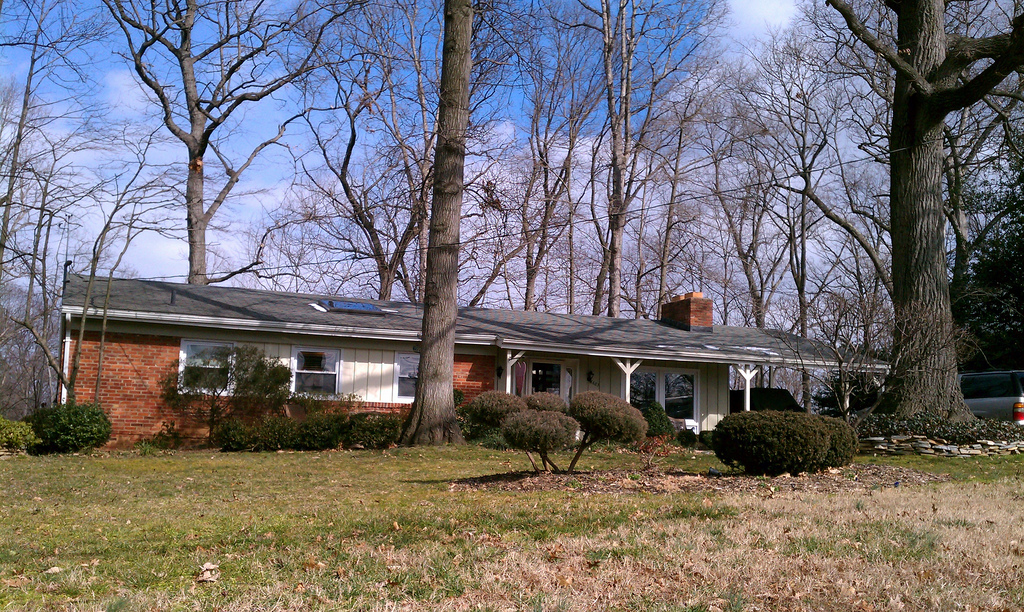
Arlington and the First American in Orbit
Arlington is a small county, but being so close to Washington, DC means that plenty of interesting and important people have lived and worked here. John Glenn, the first American to orbit the Earth, had a home in Arlington for five years, from 1958 to 1963. While his astronaut training required him to spend much of his time away from home, Glenn’s wife and children lived in a modest house on Harrison Street during the time of his historic Mercury flight.
The house was torn down in June of 2020 to make way for a larger building.
Contributed by
Kathi Overton.
Long Island Science Center to Get Rooftop Planetarium
The science center in downtown Riverhead is planned to expand and to be outfitted with
a rooftop planetarium that will seat 100 guests. The director of the science center envisions the planetarium
as an attraction that will bring people in from outside the community.

Images of Ganymede by Juno
Ganymede, one of Jupiter’s moons, is the largest moon in our solar system—larger than Mercury. When Galileo discovered it and its three companions in 1610, they were the first moons, aside from our Moon, to be observed.
Ganymede is more like a planet than a typical satellite: it has its own magnetic field, a thin oxygen atmosphere,
and auroras. NASA’s Juno spacecraft,
launched a decade ago, flew by Ganymede on June 7 and snapped some color pictures with stunning detail at about 1 km/pixel,
and an even sharper greyscale picture, shown here, at 600–900 m/pixel.

Ingenuity has a Rough Ride
The photograph shows NASA’s Mars helicopter, Ingenuity, resting after its harrowing sixth flight
on May 22. During the flight, the craft experienced erratic variations in its orientation and spikes in power consumption,
but managed to land close to its planned destination. To aid in navigation, Ingenuity uses a camera pointing down and
capturing details of the Martian surface; by examining a series of pictures taken 30 times per second, the onboard
computer can calculate its motion. This well-established technique relies on knowing the time interval between
successive frames. All was going as planned until one image got lost due to a “glitch”; subsequent images had
incorrect timestamps, which threw off the calculations of position.
Mystery Star Near the Center of the Milky Way
It’s 100 times the size of our Sun. Every few decades, it dims to a fraction of its normal brightness.
Nobody knows why. It’s official designation is VVV-WIT-08. The “WIT” in the name stands for “what is this” (seriously),
because astronomers don’t know what kind of star it is.

Giant Rotating Cosmic Filaments
Galaxies are not distributed uniformly, but rather arranged in a pattern of filaments, forming the
“cosmic web.” Astronomers have now observed that these enormous strands of matter rotate—a collective motion that
involves a scale of hundreds of millions of light-years. This vast rotation had been predicted by theory and
simulation, but had not been previously observed.

Squid in Space
A supply of live bobtail squid are being supplied to the International Space Station—not for onboard sushi,
but to observe the effects of the space environment on symbiotic bacteria. This is a crucial area of research in support
of plans for long-term human space voyages. We depend on our intestinal microbial population for our survival; if this is
damaged or obliterated by disease or radiation, it will not be automatically replenished by the environment, as on Earth.
This species of squid is often used by biologists to study this symbiotic relationship.
The adorable, glow-in-the-dark creatures will be frozen for science upon reentry.
Robeson Planetarium and Science Center to Reopen
The facility in Robeson, North Carolina reopened on June 12 with new public programs.
The reopening of the renovated, inflatable planetarium is in the former cafeteria of the Janie C. Hargrave Elementary School.
The original planetarium was destroyed by flooding during Hurricane Matthew.
Admission is free, but for the near future, pandemic restrictions will limit the audience to 20 people .
Edited by Lee Phillips


 witter
witter Instagram
Instagram
